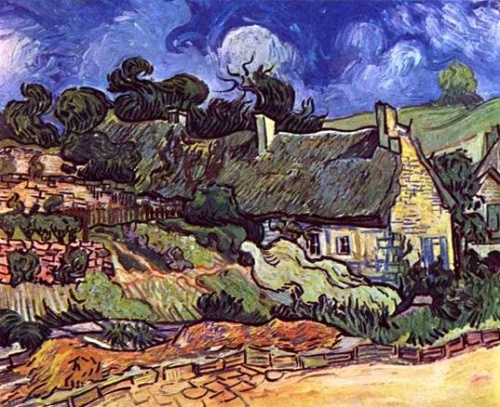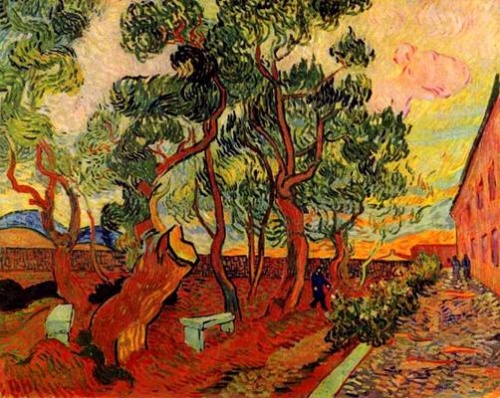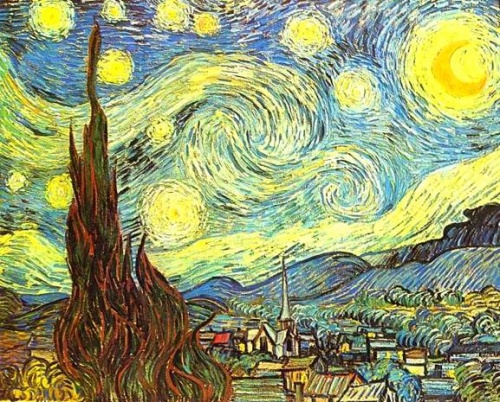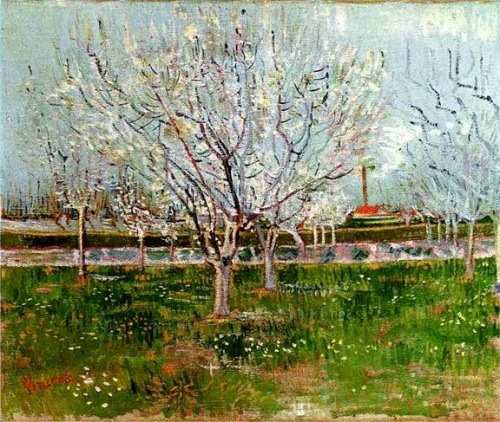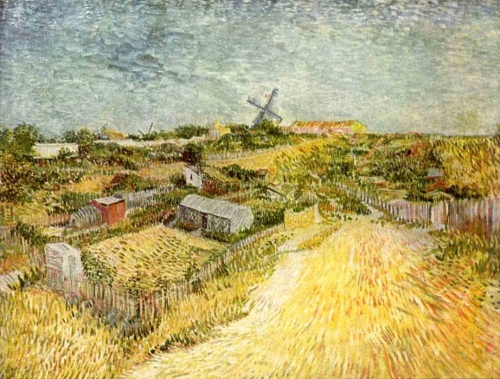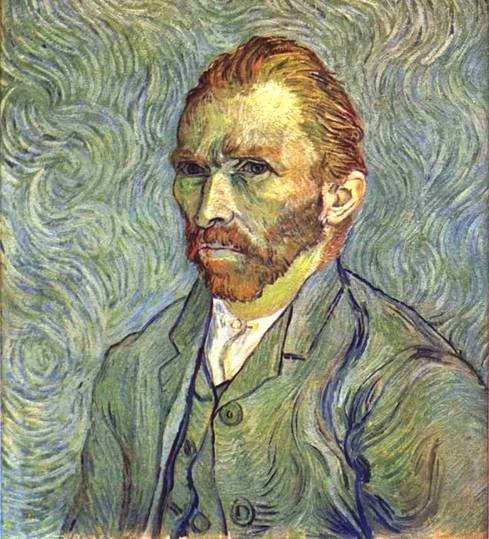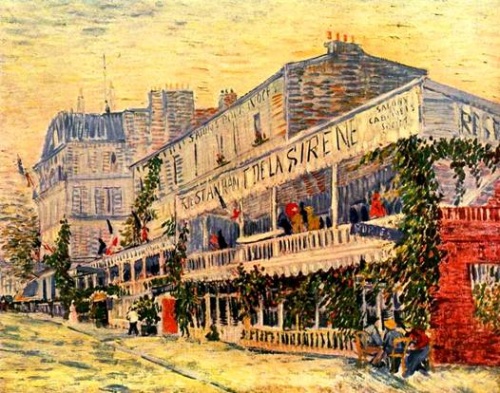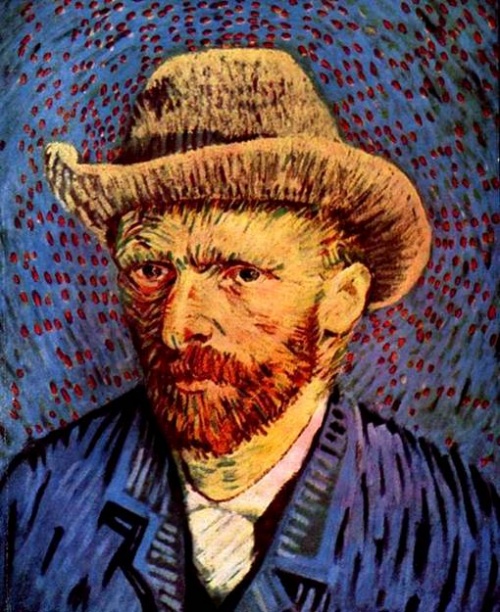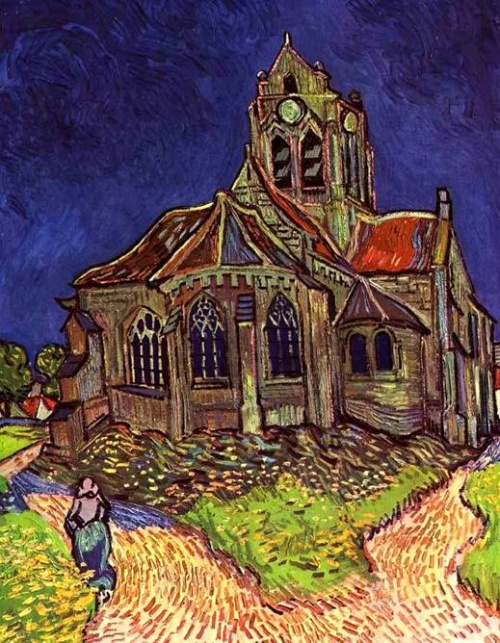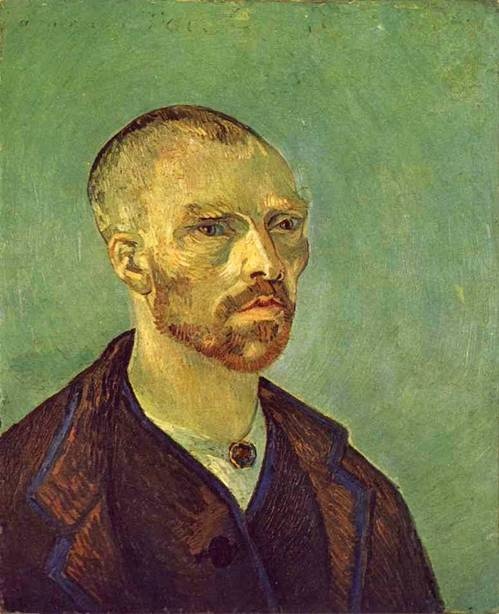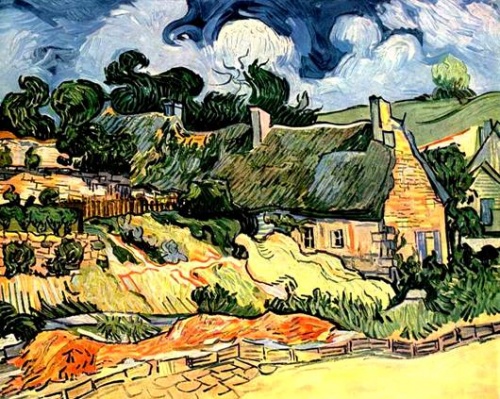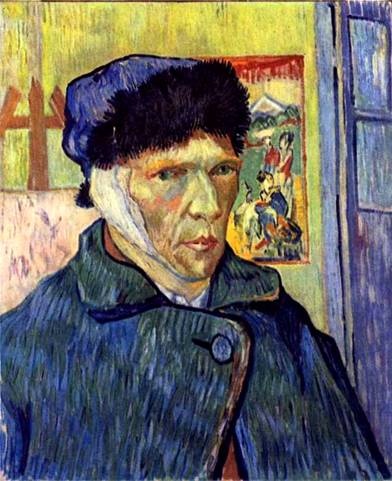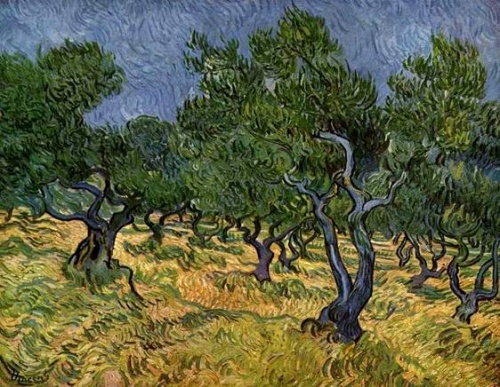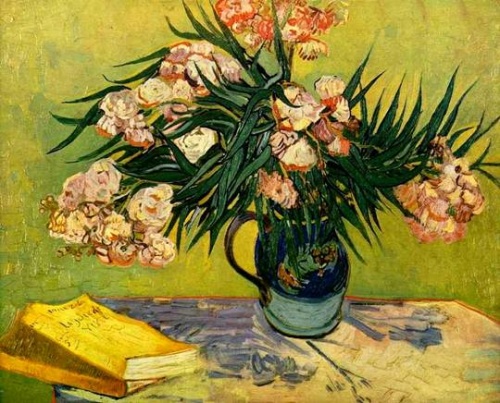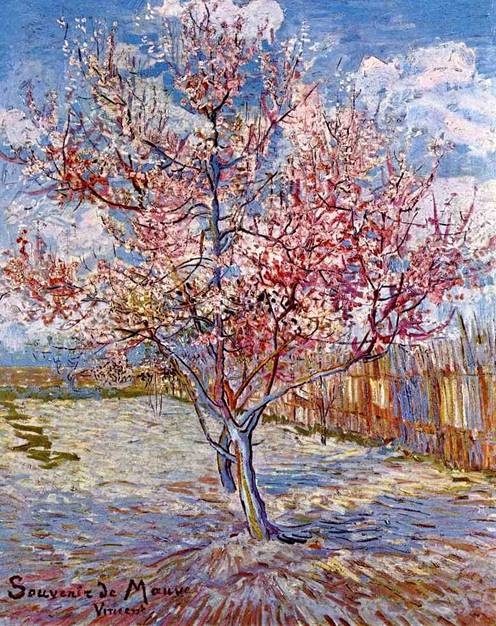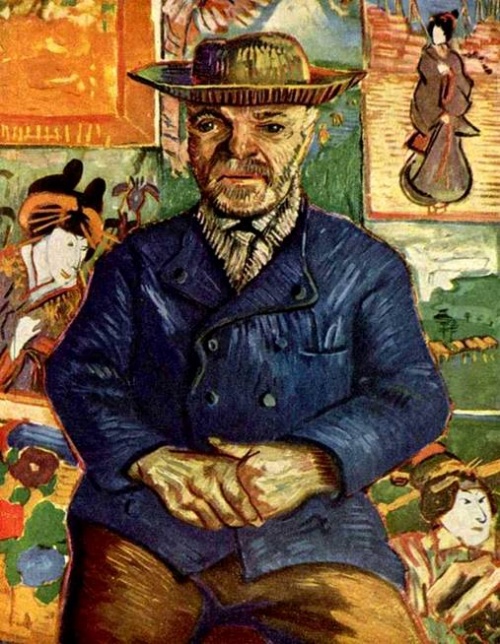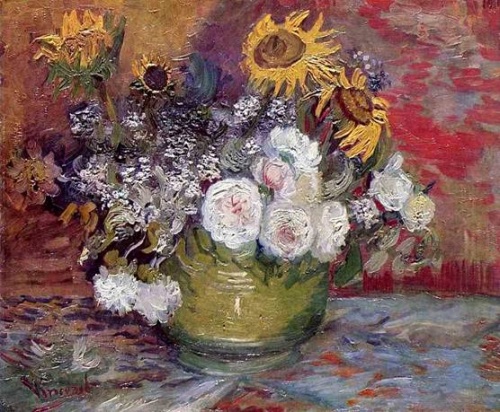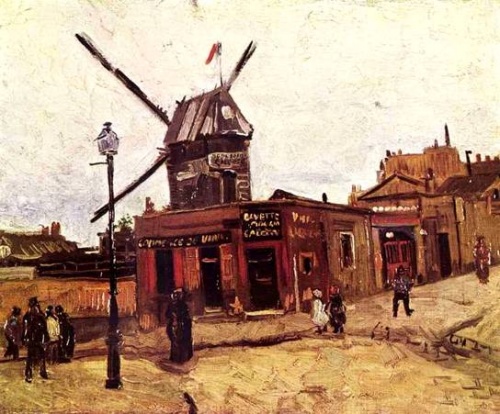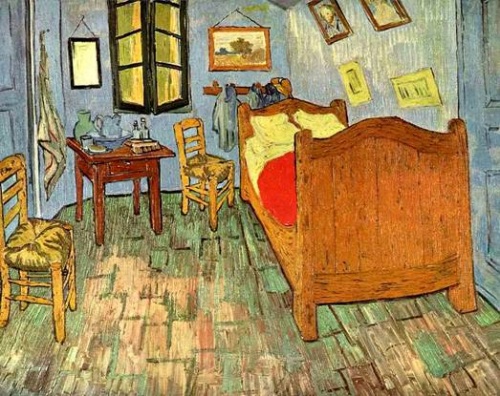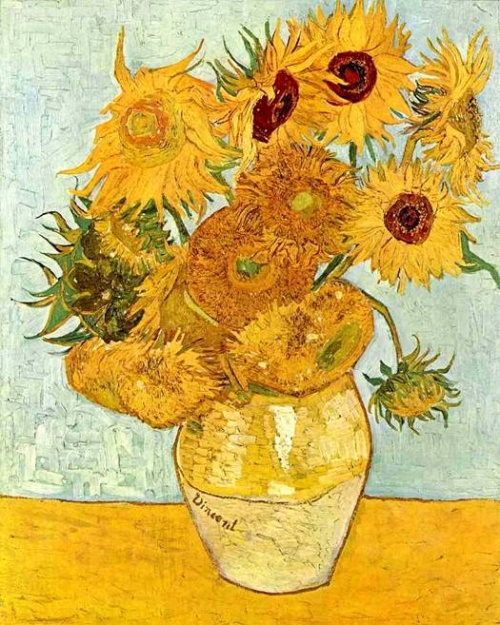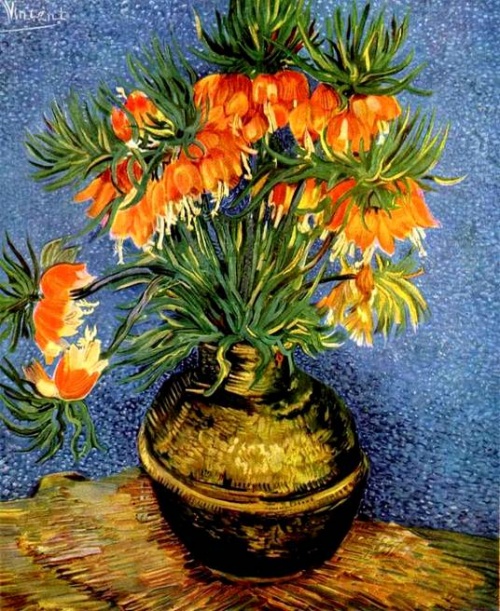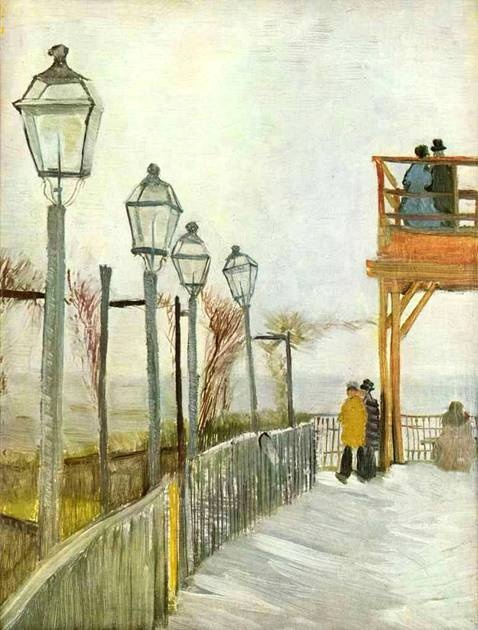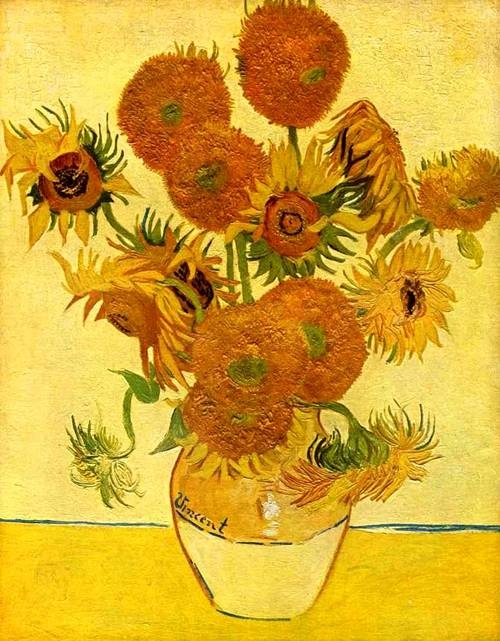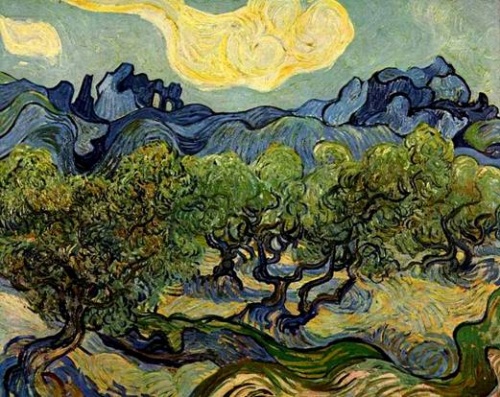Vincent van Gogh and his paintings (39 works)
Разрешение картинок от 461x362px до 1000x773px
Self-portrait 1890
Biography of Vincent van Gogh
VAN GOGH (van Gogh) Vincent (Vincent Billem) (March 30, 1853, Grot-Zundert, Holland - July 29, 1890, Auvers-sur-Oise, France), Dutch painter.
Pastor's son. In 1869-76 he served as a commission agent for an art trading company in The Hague, Brussels, London and Paris, and in 1876 - as a teacher in England. Having taken up the study of theology, in 1878-79 he was a preacher in Borinage (Belgium), where he learned about the hard life of miners; protecting their interests brought van Gogh into conflict with church authorities...
In the 1880s van Gogh turns to art: visits the Academy of Arts in Brussels (1880-81) and Antwerp (1885-86), takes advice from A. Mauve in The Hague. Van Gogh enthusiastically paints disadvantaged people - Borinage miners, and later - peasants, artisans, fishermen, whose life he observed in Holland in 1881-85. At the age of 30, van Gogh began to paint and created an extensive series of paintings and sketches, executed in dark, gloomy colors and imbued with warm sympathy for ordinary people (“Peasant Woman,” 1885, State Museum Kröller-Müller, Otterlo; “Potato Eaters” ", 1885, W. van Gogh Foundation, Amsterdam). Developing the traditions of critical realism of the 19th century, primarily the work of J. F. Millet, van Gogh combined them with the emotional and psychological intensity of the images, a painfully sensitive perception of the suffering and depression of people.
In 1886-88, while living in Paris, van Gogh visited a private studio; At the same time, he studies the plein air painting of the Impressionists and Japanese engraving, and joins the quest of A. Toulouse-Lautrec and P. Gauguin. During this period, the dark palette gradually gave way to the sparkling pure blue, golden yellow and red tones, the brushwork became freer and more dynamic ("Bridge over the Seine", 1887, V. van Gogh Foundation, Amsterdam; "Portrait of Father Tanguy", 1887, Rodin Museum, Paris).
Van Gogh's move to Arles in 1888 opens the period of his maturity. Here the originality of the artist’s painting style was fully determined, who expressed his attitude to the world and his emotional state using contrasting color combinations and a free impasto brushstroke. A fiery feeling, a painful impulse towards harmony, beauty and happiness and fear of forces hostile to man are embodied in landscapes shining with the joyful, sunny colors of the south (“Harvest. La Croe Valley”, “Fishing Boats in Sainte-Marie”, both 1888, W. van Gogh Foundation, Amsterdam), then in ominous images of a terrible world where a person is depressed by loneliness and helplessness ("Night Cafe", 1888, private collection, New York).
The dynamics of color and long winding strokes fills with spiritual life and movement not only nature and the people inhabiting it (“Red Vineyards in Arles”, 1888, Museum of Art named after A.S. Pushkin, Moscow), but also every inanimate object (“ Van Gogh's bedroom in Arles", 1888, V. van Gogh Foundation, Amsterdam).
Van Gogh's intense work in the last years of his life was complicated by attacks of mental illness, which led the artist to a tragic conflict with Gauguin, who also came to Arles; van Gogh was hospitalized in Arles, then in Saint-Rémy (1889-90) and in Auvers-sur-Oise (1890), where he committed suicide.
The work of the last two years of Van Gogh's life was marked by ecstatic obsession, extremely heightened expression of color combinations, rhythm and texture, sudden changes in mood - from frenzied despair ("At the Gates of Eternity", 1890, State Museum Kröller-Müller, Otterlo) and crazy visionary impulses (“Road with Cypresses and Stars”, 1890, ibid.) to a tremulous feeling of enlightenment and tranquility (“Landscape in Auvers after the rain”, 1890).
Van Gogh's work reflected a difficult, turning point in the history of European culture. It is imbued with an ardent love for life, for the simple working person. At the same time, it expressed with great sincerity the crisis of bourgeois humanism and realism of the 19th century, the painfully painful search for spiritual and moral values. Hence van Gogh's special creative obsession, his impetuous expression and tragedy. pathos; They define V.G.’s special place in the art of post-impressionism, of which he became one of the main representatives.

